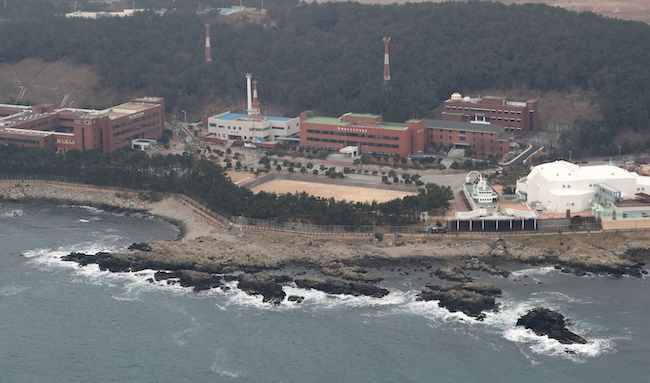BUSAN, Feb. 2 (Korea Bizwire) – The National Institute of Fisheries Science announced on February 1 that last year marked the highest annual average sea surface temperature in South Korean waters since records began in 1990.
Analysis of satellite data revealed an average sea surface temperature of 19.8 degrees Celsius last year, which is 0.6 degrees Celsius higher than the average from 2001 to 2020.
The temperatures in June, September, and November were notably higher than the 20-year average by 1 degree Celsius, 1.3 degrees Celsius, and 0.9 degrees Celsius, respectively.
The unusual increase in sea temperatures is attributed to the expansion of the North Pacific High, leading to a rise in air temperatures, and an increase in the volume of the Tsushima Current, bringing warmer waters from the western Pacific.
The East Sea, in particular, experienced a more pronounced rise in surface temperatures compared to the West and South Seas, recording a 1.3 degrees Celsius increase, while the West and South Seas saw rises of 0.7 degrees Celsius and 0.5 degrees Celsius, respectively.
This phenomenon of record-high sea temperatures is not limited to South Korean waters but is observed globally.
The U.S. National Oceanic and Atmospheric Administration reported in its annual State of the Climate report that last year’s global average sea surface temperature was the highest on record since modern meteorological observations began.
Such high temperatures can lead to a decrease in small marine organisms like phytoplankton, deterioration in marine productivity, and potentially massive die-offs of farmed marine species.
Yong-Seok Choi, President of the National Institute of Fisheries Science, stated, “Ocean warming is accelerating rapidly. We are committed to minimizing the impact of climate change on the fisheries industry and enhancing our adaptive capabilities through the advancement of future fisheries technologies.”
M. H. Lee (mhlee@koreabizwire.com)







